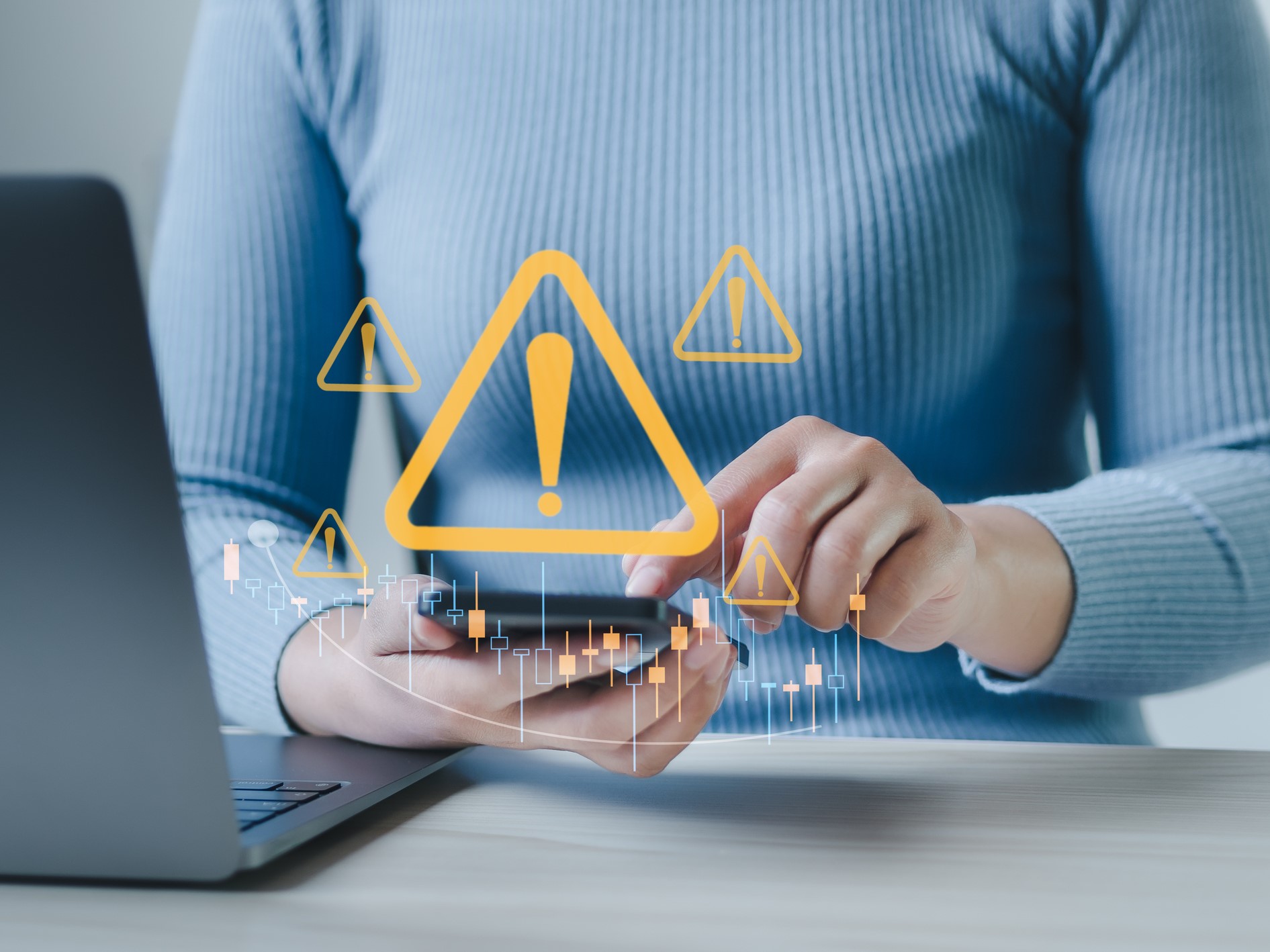Why Shouldn’t Injured Workers Benefit from the Employee Engagement Strategies the Pandemic Taught Us?
The last three years will never be forgotten.
It was a period of tremendous trials and tribulations. As a society, we dealt with death, the shutting down of the economy, loss of jobs and mental health issues, just to mention a few things.
As we rebound and try to return to some sense of normalcy, we are capitalizing on the lessons we learned during the height of the pandemic.
One invaluable lesson learned is most were under utilizing the technology that has been available for years. I can probably count on both hands the number of Zoom or Microsoft Teams-type calls I had participated in prior to the pandemic.
As the world was forced to embrace these forms of technology, other realizations became apparent.
First, working from home was appropriate for more jobs than ever considered in the past. Employers were finding that employees were just as, if not more, productive when working remotely.
In addition, employees were able to have a better work-life balance with the removal of commutes and the ability to handle small household chores while still being able to be fully engaged in work.
Second, organizations became more concerned with engagement and mental health issues. Best in class organizations found different ways to try and engage employees while at home and make them still feel like part of an organization. Whether it be weekly video updates or healthy challenges, HR departments have been creative in trying to make employees feel apart of the organization while isolated.
As the pandemic begins to wind down, some workers have struggled with returning to a brick-and-mortar environment. Some organizations have tried to mitigate the anxiety employees are feeling by either having them permanently telecommute or develop a hybrid approach to allow a part-time schedule of telecommuting.
So, what happens with the above scenario of employees having anxiety to return to work when you add a physical injury to the mix? Does this sound familiar?
Workers’ Comp in This New Working World
When thinking about workers’ compensation, a focus for organizations has always been creating a culture of safety, stressing prompt reporting, claims investigation, claims management and implementing a return-to-work program.
Maybe its time to take another lesson from the pandemic era and apply it to injured workers?
Organizations should consider what programs are needed to keep occupationally injured workers who need to be home for a substantial period engaged with the organization.
This is not a new question. I recall raising a similar question 20 years ago when I was an adjuster doing a presentation to a client. “If an employee has a non-industrial injury, why do you treat them differently?”
If an employee has a nonindustrial related surgery, typically there are certain actions taken.
Coworkers or organization may send flowers to the employee. A card is signed by the employee’s department and sent wishing him/her well. Employee’s supervisor would call the employee to check on their status.
In some cases, there are organizations where employers have even gone the extra mile to either provide meals or other assistance if the injury was such that the employee was incapacitated from doing activities.
The treatment the industrial injured employee receives differs. Normally, the first response is a call to the injured employee from an adjuster to get his/her statement regarding how the injury occurred. The employee’s supervisor typically has no communication with the injured worker and is just advised of the worker’s employment status as being taken off work.
Isn’t the need for engagement important at this time as well? Shouldn’t the HR departments recognize that the need for engagement is not situational and only relevant for pandemic times?
Workers’ compensation cost is on the rise for organizations.
During these times, risk management professionals must work with their organizations to grab the low-hanging fruit to reduce cost. Take another lesson from the pandemic and apply engagement initiatives we created to industrial injuries as well. &










